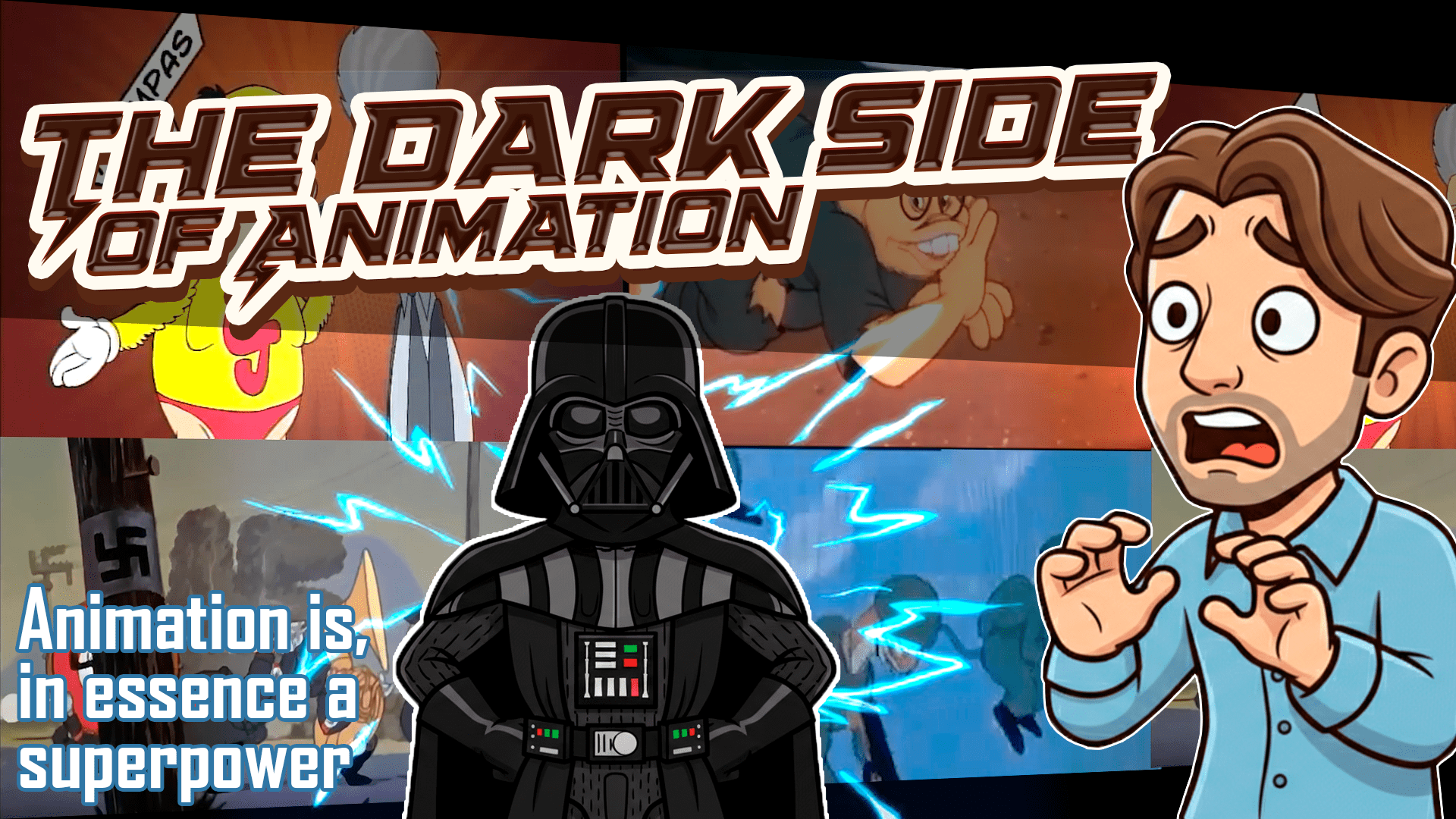Animation is, in essence a superpower.
The Dark Side of Animation
It has the unique ability to take complex ideas and make them simple, to tell stories that connect directly with our emotions, and to capture our attention in a way few other mediums can.
All animation seeks to persuade. To persuade you to feel something for a character, to understand a difficult concept, or to believe in a brand’s promise. As an animator, that is precisely my job: to use this tool to spread an idea in the most effective way possible.
But where is the line drawn? When does persuasion become manipulation? And when does a tool for connection transform into a weapon for division?
In this article, we explore the two faces of animation: its use as a powerful weapon of propaganda in the darkest sense, and its incredible potential as a constructive tool for marketing, education, and social good.
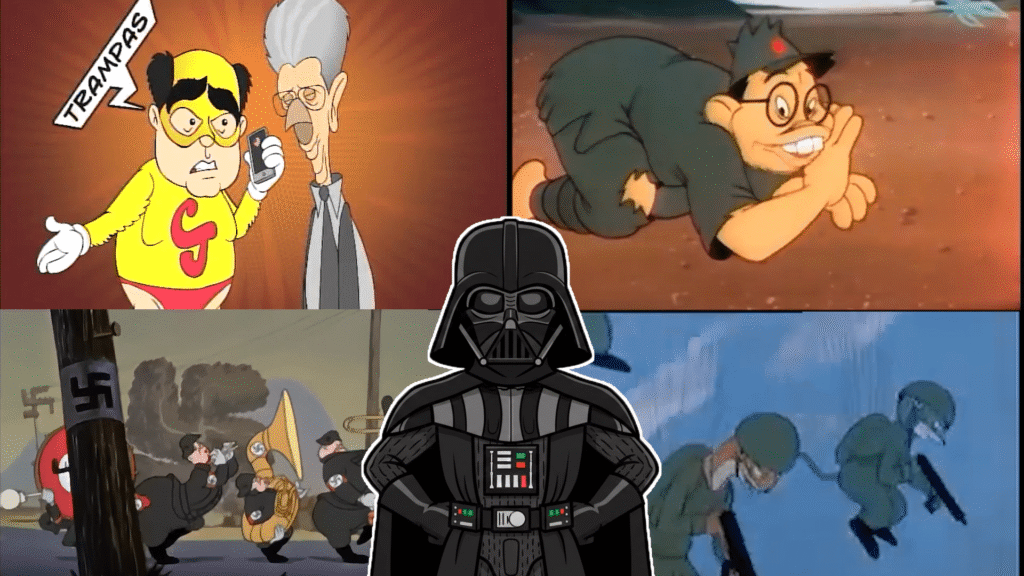
The Dark Side: When Animation is Used to Manipulate
This is where persuasion crosses into the intent to deceive, indoctrinate, and limit critical thinking. These are clear examples of how a creative tool can be used for destructive purposes.
The Cult of Personality: “Súper Bigote” in Venezuela In an attempt to bolster the government’s image amid a crisis, “Súper Bigote” (“Super Mustache”) was born. This animated series transforms President Nicolás Maduro into a superhero who fights caricatured villains representing “imperialism.” The goal is not subtle: it’s to use a simplistic “good vs. evil” narrative to build a cult of personality and nullify critical analysis.
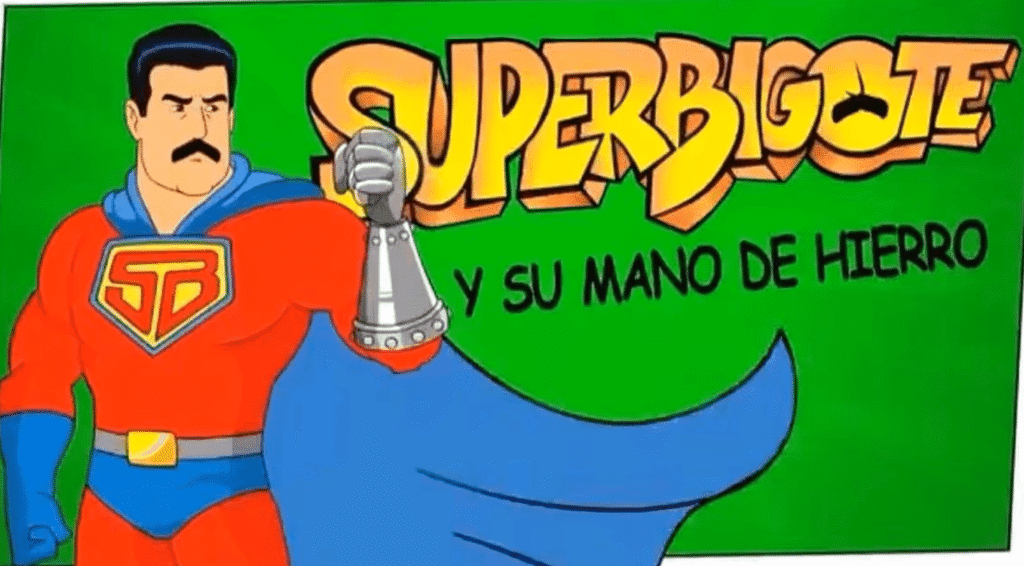
The Dehumanization of the Enemy: U.S. Wartime Propaganda During World War II, iconic characters like Bugs Bunny were used in short films to support the war effort. In these cartoons, enemy soldiers, particularly the Japanese, were depicted as grotesque, subhuman caricatures. This tactic of dehumanization made it easier for the public to accept the violence of war, proving that even popular culture can become complicit in spreading hateful propaganda.
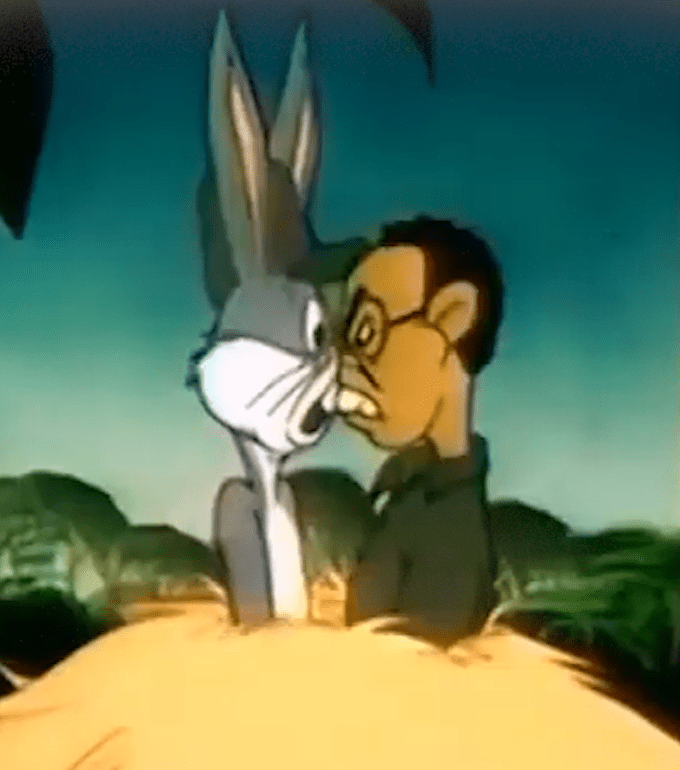
The Constant Allegory: “Squirrel and Hedgehog” in North Korea In North Korea, animation is a pillar of state propaganda. The long-running series “Squirrel and Hedgehog” presents a world of animals that is a direct allegory for the country’s geopolitical situation. Noble squirrels (North Koreans) constantly fight evil wolves (Americans) and weasels (Japanese), educating generations in a paranoid, militarized worldview of absolute loyalty to the leader.
The Constructive Side: Animation as a Tool to Create and Connect
Fortunately, the persuasive power of animation is more often used for positive, creative, and commercial purposes. This is the side of the coin where I work every day.
1. Marketing and Advertising: Building Brands When we create an animation for a brand, we aim to tell its story and build a positive emotional connection. We use simplification not to deceive, but to clarify the benefits of a product or service. The goal is to persuade through charm, humor, and creativity, making a brand memorable and trustworthy.
2. Explainer Videos: Democratizing Knowledge The world is full of complex ideas. Animation is the perfect tool to break them down and make them accessible to everyone. An animated explainer video can teach how a new technology works, a scientific concept, or a startup’s business plan. Here, animation spreads knowledge and clarity.
3. Social Campaigns: Inspiring Change Non-profits and public good campaigns use animation to communicate vital messages in a way that moves people and inspires action. From raising awareness about climate change to public health campaigns, animation can touch people’s hearts and encourage positive social change.
Conclusion: The Tool is Neutral, The Intent is Everything
As we’ve seen, animation is an amplifier. It amplifies the message and the intent of its creator, whatever that may be. It is not inherently good or bad; it is one of the most powerful communication tools in existence.
The crucial difference lies in the ethics and the ultimate goal. It is one thing to use it to dehumanize, divide, and deceive. It is another entirely to use it to connect, educate, inspire, and build.
Do you know of other examples from either side of the coin? Share them in the comments!
And if you’re looking to leverage the constructive power of animation to tell your brand’s story, explain your project, or connect with your audience in a creative and effective way, don’t hesitate to contact me. Let’s use this superpower to create something great.

